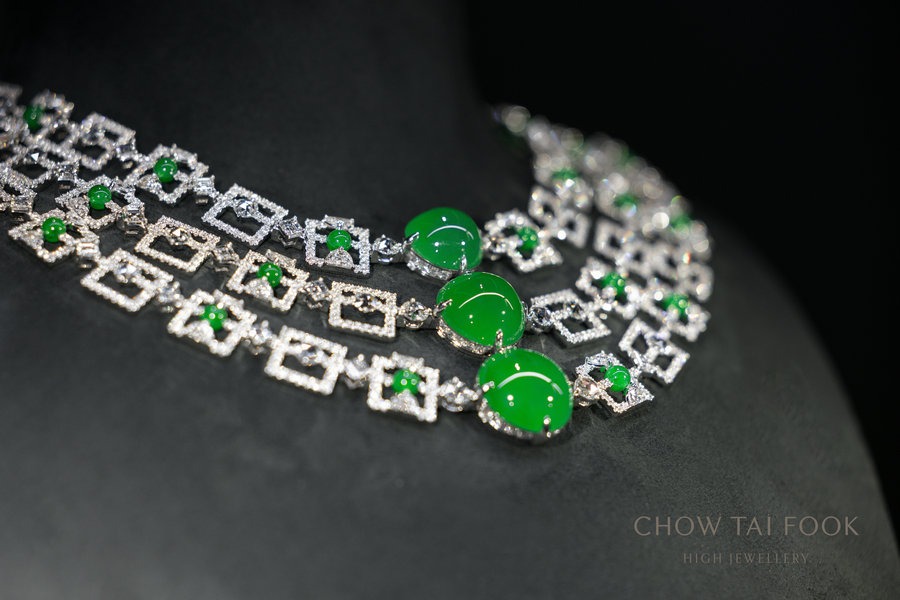Ensuring cinema sounds as good as it looks


In a 60-square-meter prop room in the port city of Qingdao, East China's Shandong province, a collection of seemingly worn-out items, including rusty chains, yellowed textbooks and mismatched enamel cups, awaits their moment to shine.
For Han Ruida, a Foley artist (named after an American, Jack Foley, who specialized in sound effects in the early years of Hollywood) with 16 years of experience, these are not just old junk, but treasures that breathe life into the world of cinema.
"Foley artists use a variety of props and techniques to re-create and interpret sounds that cannot be captured on set during film and television production," Han explains.
With a simple snap of celery, the sound of a bone breaking is perfectly synchronized with the visuals on screen. A piece of leather placed on a feather fan and vigorously waved can simulate the fluttering of birds in flight. Pouring sand from a salt shaker onto tin foil at different heights creates the ebb and flow of rain. Chewing on a mouthful of chive leaves brings to life the scene of a cow grazing.
Over the years, Han has explored the sonic potential of ordinary objects, using sound to "act" behind the scenes.
Sometimes, the challenge lies in creating sounds that are more vivid than reality. When footsteps on broken glass are needed, simply dropping ice cubes into a glass won't do. The sound lacks the desired expressiveness and texture.
After countless trials, Han found the right mix by adding leaves, plastic sheets, and fine sand to a basin of glass shards. The combination gave the sound a richer, more dynamic quality, turning ice into something far more expressive.




































